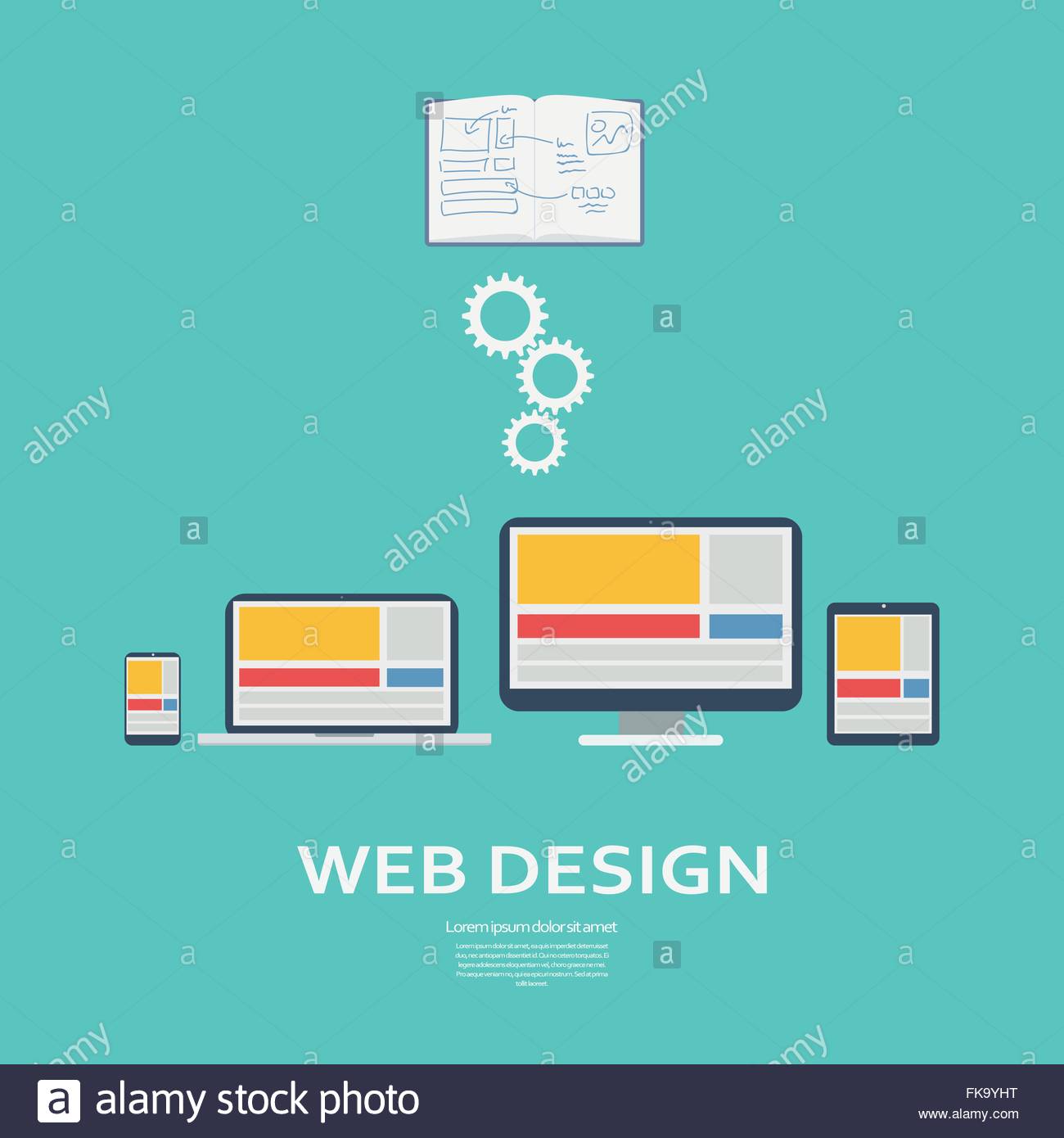The Growth Of Site Layout: From Earlier Times To Currently
The Growth Of Site Layout: From Earlier Times To Currently
Blog Article
Material Writer-Johnsen Bojesen
In the past, internet sites were simple and concentrated on information. Navigating was direct, and style was for desktop computers. Now, user experience is key. Information guides styles for very easy navigation. Responsive designs fit different gadgets. Today, dark setting reduces pressure, and minimalist menus enhance navigating. Interactive functions engage customers, and bold visuals stand apart. AI assimilation enhances engagement. See exactly how design has actually advanced to boost your on-line trip.
Early Days of Website Design
In the very early days of website design, simplicity reigned supreme. Websites were basic, with limited shades, font styles, and layouts. The emphasis was on supplying info as opposed to showy visuals. Individuals accessed the net with slow-moving dial-up links, so rate and functionality were key.
Navigation food selections were straightforward, usually located at the top or side of the page. Internet sites were created for home computer, as mobile surfing wasn't yet widespread. Material was king, and designers prioritized very easy readability over intricate style elements.
HTML was the key coding language used, and designers needed to function within its restraints. Animations and interactive functions were marginal contrasted to today's criteria. Web sites were static, with little vibrant web content or customized customer experiences.
Increase of User-Focused Layout
With the advancement of web site layout, a shift towards user-focused layout concepts has become significantly noticeable. Today, creating internet sites that focus on individual experience is essential for engaging visitors and achieving service goals. User-focused layout involves recognizing the requirements, preferences, and actions of your target audience to customize the website's layout, web content, and features as necessary.
Designers currently conduct thorough study, such as individual surveys and usability testing, to gather insights and feedback straight from individuals. This data-driven technique assists in producing intuitive navigating, clear calls-to-action, and aesthetically enticing user interfaces that reverberate with visitors. By putting the customer at the facility of the layout process, internet sites can supply an extra personalized and enjoyable experience.
Receptive style has actually also emerged as a key facet of user-focused design, making certain that websites are enhanced for different tools and display dimensions. This flexibility improves accessibility and functionality, accommodating the diverse means individuals interact with internet sites today. Fundamentally, the surge of user-focused style indicates a shift in the direction of creating digital experiences that prioritize the demands and assumptions of the end user.
Modern Trends in Website Design
Discover the current patterns shaping website design today. One noticeable fad is dark mode design, providing a streamlined and modern-day look while reducing eye strain in low-light settings. Another crucial fad is minimalist navigation, simplifying menus and boosting customer experience by concentrating on essential elements. Including micro-interactions, such as computer animated buttons or scrolling effects, can create a more engaging and interactive site. Receptive design continues to be crucial, making sure smooth customer experiences across various tools. Furthermore, making recommended you read of bold typography and unbalanced designs can add visual passion and accentuate details web content.
Integrating AI modern technology, like chatbots for client assistance or customized recommendations, boosts customer engagement and simplifies procedures. Access has additionally come to be a considerable pattern, with developers prioritizing inclusive style methods to satisfy diverse user requirements. Accepting sustainability by enhancing site efficiency for rate and performance is one more arising fad in website design. Collaborating with customer comments and data analytics to iterate and enhance style constantly is important for remaining relevant in the ever-evolving digital landscape. By welcoming these modern-day trends, you can create a visually enticing, straightforward site that reverberates with your audience.
Final thought
As you review the development of web site design from the very early days to now, you can see just how user-focused design has ended up being the driving pressure behind modern fads.
Welcome the trip of change and adjustment in website design, constantly maintaining the customer experience at the leading edge.
Stay existing with the most recent fads and innovations, and never ever quit developing your technique to produce aesthetically sensational and straightforward internet sites.
Advance, adjust, and produce - the future of web design remains in your hands.
